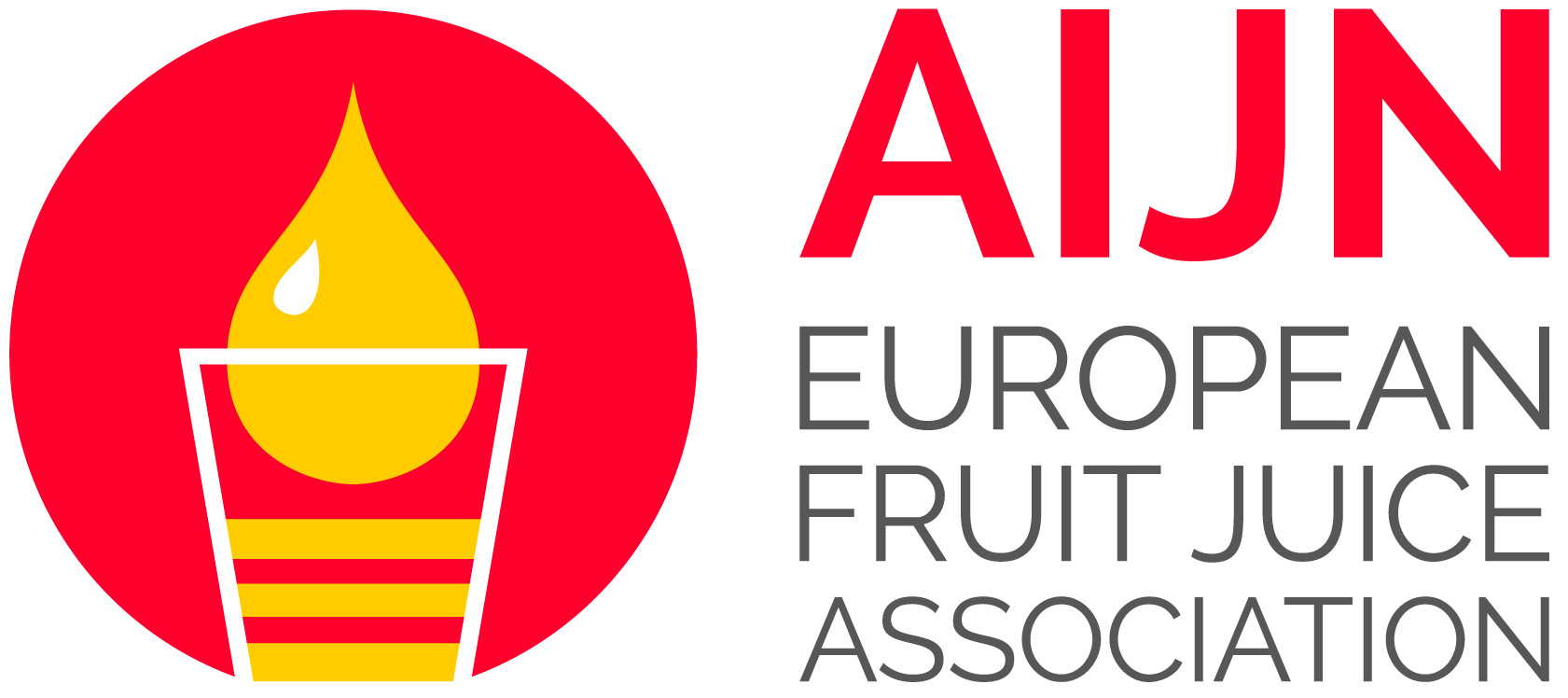Code Of Practice
Lime
PROVISIONAL - Reference Guideline for Lime Juice seeks to define various acceptability parameters for Lime juice.
The parameters are listed under 2 sections:
- Section A contains various parameters that characterize the absolute quality requirements. They are considered as being mandatory for all lime juices marketed in the European Union.
- Section B contains various criteria relevant to the evaluation of identity and authenticity. It also contains some less critical quality criteria. It is crucial for users of this guideline to understand that a valid conclusion, regarding the authenticity of a particular sample, can only be reached providing the analytical picture has been subject to expert interpretation. If some parameters do not fall within the values quoted in Section B this does not mean, automatically, that the sample is adulterated. In addition, it should not be seen as a list of analytes that all have to be measured. Rather, it is a source of information for experts to use to dedicate which particular aspects of the juice needs to be investigated.
The values and comments in this guideline are based on pure, authentic juices, without permitted ingredients and / or additives, exhibiting the characteristic
It is understood that:
- Lime juice is made from Citrus aurantifolia (West Indian, Mexican or Key Lime) or Citrus Latifolia (Persian or Tahití Lime).
- Lime Juice can be cloudy or clear. Lime juice may be obtained by processing the whole fruit, including Albedo and Flavedo. However, the data in this RG was obtained from juice processed from the endocarp.
- as most fruit is processed into juice the values in this reference guide are expressed on a volume basis e.g. in g or mg/l.
- the treatments and processes regulated by the Fruit Juice Directive are permitted.
- potable water should be used for the reconstitution of concentrated fruit juices.
- the use of additives is regulated by horizontal EU legislation.
Various types and origins of
